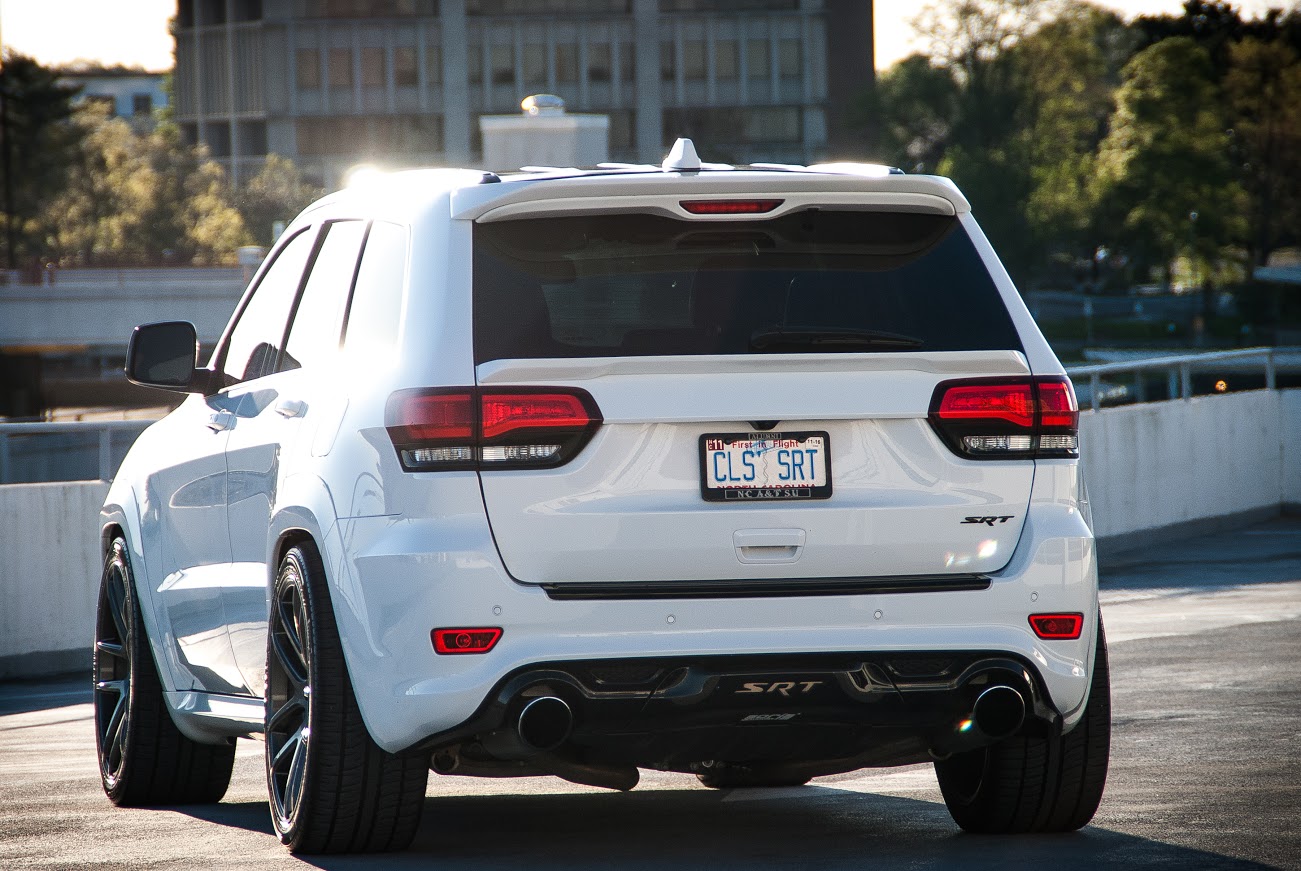 NEWS
NEWS
 NEWS
NEWS
 NEWS
NEWS
There will be almost 21 million self-driving vehicles on the world’s roads by 2035, according to a new forecast from IHS Automotive, Inc.
The United States is expected to lead the way in driverless vehicle adoption, in spite of regulatory challenges and concerns from consumers. The trend will begin around 2020, IHS said, with several thousand autonomous vehicles on the road by then. But by 2035, the U.S. will see 4.5 million self-driving vehicles on its roads.
IHS admits its projection is a “substantial increase” over previous estimates. It says factors like new commercial innovations like ride-sharing programs and increased OEM investment are two major reasons for its revised estimate. No doubt IHS was referring to recent developments like BMW’s announcement that its working on building a fleet of autonomous vehicles, and Uber’s statement that it wants to pursue driverless cars for its own ends.
But although the U.S. will be the earliest adopter, IHS says it’s in China where the concept will really take off. It says adoption in China will grow faster than in any other country, with more than 5.7 million autonomous vehicles expected to be on its roads by 2035.
“The sheer volume of vehicles expected to be sold there, as well as consumer demand for new technologies, will drive growth, with more upside possible as regulators assess the potential of autonomous mobility to address safety and environmental concerns,” the report stated.
Getting the first vehicles on the road won’t be so easy though, IHS admits. For example, driverless car manufacturers will need to overcome significant challenges to do with the reliability and security of the software they use. However, they are “showing improvements as technology evolves and the industry recognizes the threat,” IHS said in the report.
“Future mobility will connect and combine many different modes and technologies, and autonomous vehicles will play a central role,” said IHS Automotive analyst Jeremy Carlson in a statement. “IHS expects entirely new vehicle segments to be created, in addition to traditional vehicles adding autonomous capabilities. Consumers gain new choices in personal mobility to complement mass transit, and these new choices will increasingly use battery electric and other efficient means of propulsion.”
Another major hurdle to overcome pertains to regulatory standards, and local and federal guidelines. IHS notes that various U.S. states and some other countries have begun taking steps to develop the legal frameworks that will be necessary for autonomous vehicles, but there’s a lot to be done. In the U.S. for instance, although the federal government has published a set of “guidelines” on the matter, laws regarding the testing, sale and use of such vehicles is still a patchwork of state regulations.
Nonetheless, some progress is being made. Last February, proponents of self-driving vehicles scored a major win when the National Highway Traffic Safety Administration told Google that the AI software it uses to pilot its driverless cars could be considered as the “driver” for some regulatory purposes.
The same month, President Barack Obama announced his federal budget proposal that included $3.9 billio earmarked for “advancing autonomous vehicle technology”.
THANK YOU